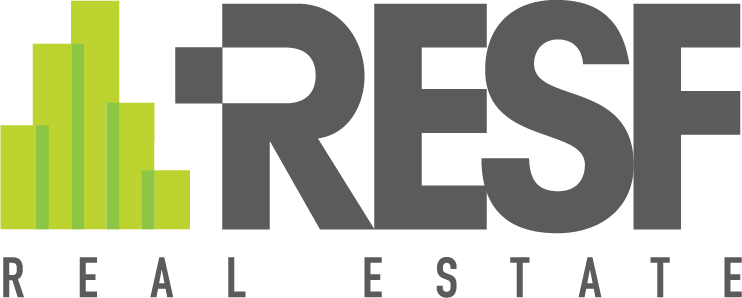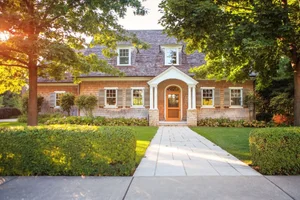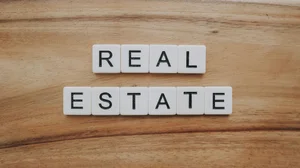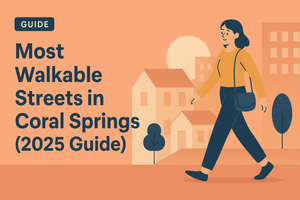Buying vs. Renting in Norway: What American Buyers Should Know
Deciding between buying vs. renting in Norway is a major step for Americans planning a move. Norway’s housing system is different from what most U.S. buyers are used to. Rental options can be limited, and homeownership often works differently, especially in cities. Understanding how the process works, what it costs, and what to expect can help you make the right choice. Whether you’re relocating for work, retirement, or study, this guide covers what American buyers need to know before settling into Norwegian life.
How the Norwegian Housing Market Works
Norway has a high rate of homeownership, and most people buy rather than rent. Rentals exist, but they are harder to find outside major cities. In urban areas like Oslo or Bergen, demand for housing is strong, and prices reflect that. Property is often sold through cooperative ownership (borettslag), where you buy a share in a housing association, not just the apartment itself.
Freehold properties are also available but cost more. Buyers typically search through Finn.no, Norway’s main site for real estate. Homes sell fast, and bidding wars are common. Understanding these basics helps you decide if buying vs. renting in Norway fits your needs, especially if you're coming from a very different U.S. housing model.
When it comes to buying vs. renting in Norway, it can be quite different experience for American expats
Costs of Buying a Home in Norway
Buying property in Norway involves more than just the sale price. Down payments typically range from 15% to 25%, and buyers also pay a document fee (2.5% of the purchase price) and legal fees. If you buy into a borettslag, monthly maintenance fees can add up quickly.
Foreigners must meet specific income and residency requirements to get a mortgage. You’ll also need an appraisal and may need to pay for translation or legal help. One thing many overlook is the hidden costs of buying a home—unexpected expenses that can affect your budget. These often include repairs, furniture, and local taxes. Always review all costs before making a decision.
Renting in Norway: What to Expect
Renting in Norway can be challenging, especially outside large cities where rental homes are limited. Most rentals are unfurnished, meaning you’ll often need to supply your own appliances. Leases usually require a three-month deposit held in a separate account. Contracts tend to be one year, with a notice period of three months. Utilities are not always included, so check before signing.
Foreigners often use Finn.no or social media groups to find listings. If you’re renting an apartment for the first time in Norway, knowing what to expect helps avoid surprises. Make sure the lease is clear, and always inspect the property before agreeing to terms.
our choice will depend on your situation and needs
Choosing the Right Place to Live: City or Countryside?
Where you live in Norway greatly affects your housing choices and cost of living. Oslo offers access to jobs, culture, and public transport—but at high prices. Cities like Bergen, Trondheim, and Stavanger strike a balance between affordability and convenience. Smaller towns are quieter and cheaper but may lack rental options and services.
Weather also varies across regions, with coastal cities being milder and northern areas much colder. If you're not sure where to settle, exploring the best places to live in Norway can give you a clearer picture. Think about your lifestyle, work, family needs, and long-term plans when choosing a location that fits your goals.
Pros and Cons of Buying vs. Renting in Norway
Both buying and renting in Norway have clear benefits and downsides. Renting gives you flexibility, especially if your stay is short or uncertain. It also requires less upfront cash. However, rental options can be limited and expensive in cities. Buying offers long-term stability and potential financial growth, but it involves higher upfront costs and more responsibility.
If you plan to stay for more than three years, buying may be more cost-effective. Short-term expats usually prefer renting. Keep in mind that maintenance fees, taxes, and legal rules can add complexity. Weigh your options carefully, as the best choice depends on your personal situation, budget, and how long you plan to stay.
Legal and Financial Considerations for Americans
Americans can buy property in Norway without being citizens, but they must provide income proof and follow local lending rules. Banks often require Norwegian tax records and may limit mortgage options for foreigners. If you already own U.S. property or earn income there, consult a tax advisor. Norway doesn’t have property tax in most areas, but yearly maintenance and association fees can be high.
U.S. citizens must also report foreign assets, including property, to the IRS. Exchange rates can impact your costs, especially if you're earning in dollars. Always hire a local real estate lawyer to review contracts and ensure a smooth purchase process. This protects you from legal or financial surprises.
Always check the condition of the property you’re considering
What to Know About Property Standards and Utilities
Norwegian homes are built for cold weather and are generally well-insulated and energy-efficient. Most houses use electric heating or heat pumps instead of central systems. Water heaters are common, and utilities like electricity and internet are paid separately. Kitchens are often compact, and built-in closets are rare.
When buying, pay close attention to the condition of the roof, windows, and plumbing. It’s also wise to check for moisture damage in basements. To avoid unexpected repairs, always ensure the home you're buying is in good condition by reviewing the property inspection report. Knowing the standards helps you budget accurately and prevents future issues with comfort or cost.
Short-Term vs. Long-Term Stays: What Makes More Sense?
If you're staying in Norway for less than three years, renting is usually the smarter choice. It offers more flexibility and fewer upfront costs. Long-term stays—whether for work, family, or retirement—make buying more practical. Owning a home can build equity over time and give you more control over your living space.
However, rental contracts may have limits on early termination or subletting. For Americans comparing buying vs. renting in Norway, your expected length of stay plays a key role. Always match your housing choice to your long-term goals, financial plans, and lifestyle preferences before making a commitment.
What Fits Your Life Best?
Buying vs. renting in Norway depends on how long you plan to stay, your budget, and personal goals. American buyers should weigh costs, legal rules, and housing availability before choosing. With the right planning, you’ll find a home setup that fits your new life in Norway.
Photos used:
https://www.pexels.com/photo/aerial-photography-of-city-beside-sea-3019893/
https://www.pexels.com/photo/sunny-day-at-waterfront-plaza-in-oslo-33068147/
https://www.pexels.com/photo/pizza-couple-love-relaxation-7647411/
https://www.pexels.com/photo/people-viewing-a-house-7641868/













